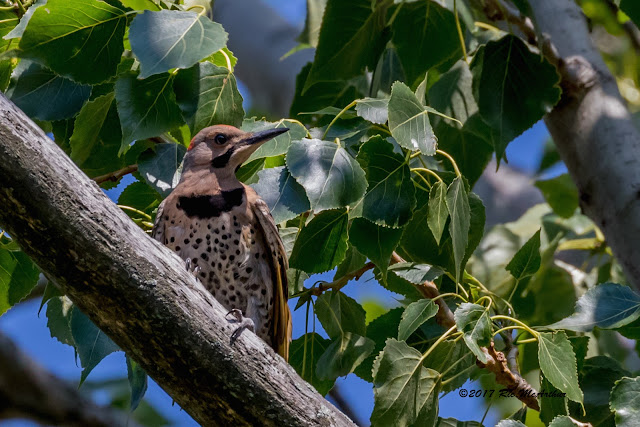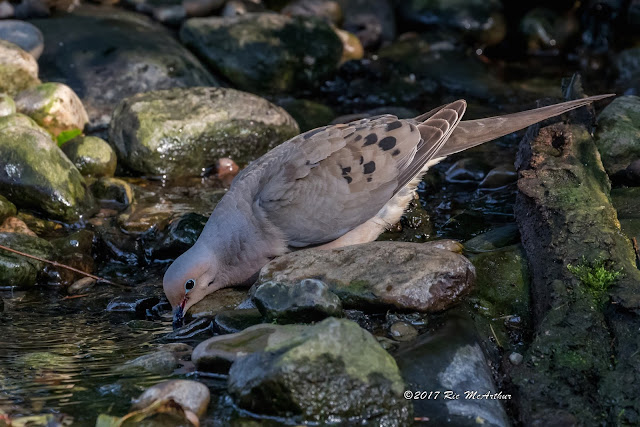Wilson's warbler

The fall warbler migration is underway in our yard. This is a male Wilson's warbler waiting its turn at the pond. Cardellina pusilla Wilson’s Warblers dance around willow and alder thickets, often near water, to the rapid beat of their chattering song. This bright yellow warbler with a black cap is one of the smallest warblers in the Canada and among the most recognizable. They rarely slow down, dashing between shrubs, grabbing insects from one leaf after another, and popping up on low perches to sing. source - https://www.allaboutbirds.org/guide/Wilsons_Warbler/id











